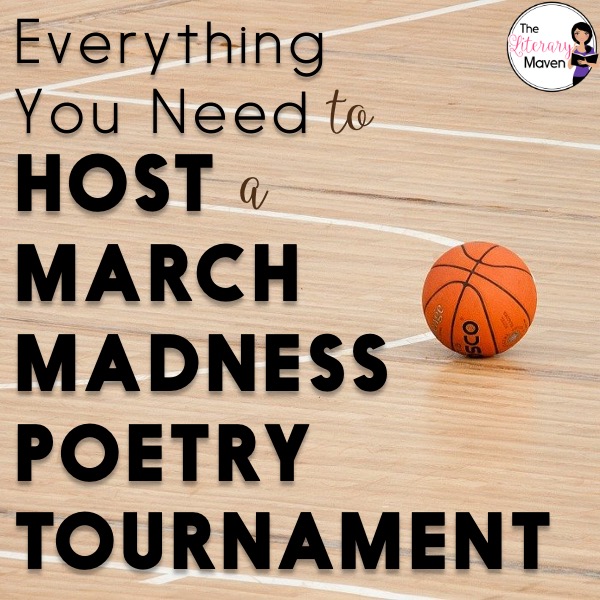February seemed like one long snow day with lots of headache about the return to in person learning. We started back in person with a hybrid model in mid February, but just had our first full week last week due to snow, parent conferences, and President's Day. Lesson plans got shifted around quite a bit as a result of the weather, but we did finish our literature circle novels on time just with fewer discussion and activities than I had originally planned.
I didn't read all of the books on my February TBR list, but I did read 10 books keeping me on track with my goal of reading 2 books a week (and a total of 104 by the end of the year). I'm now up to 20 reads so far for 2021!
Reading in March
In February, I read 10 books, matching pretty much what I read in January: one young adult title, two middle grades, three adult, and four audiobooks (two of those were young adult, one was middle grades, and one was a nonfiction young adult adaptation). Some of what I read was on my TBR, most of them weren't, but I am pleased with the mix. Several of the titles on this month's to be read list are repeats from the past two months, so I can work on clearing off my bookshelves. Here's what I'm hoping to read:
1. Tiny Pretty Things by Sona Charaipotra and Dhonielle Clayton (young adult)
2. Black Bottle Man by Craig Russell (young adult)
3. We Are Lost And Found by Helene Dunbar (young adult)
4. Dominicana by Angie Cruz (adult)
5. High School by Tegan and Sara (memoir)
6. The Devil's Highway by Luis Alberto Urrea (nonfiction)
7. i am the rage by Martina McGowan (poetry)
8. Tiny Pretty Things by Sona Charaipotra and Dhonielle Clayton (young adult)
Teaching in March
To wrap up the trimester, students will be creating an infographic based on a topic from their literature circle novels. This is my first time doing a project like this, but I think I've structured it for student success. We'll kick off the project by doing a gallery walk (digitally) of sample infographics. Students will examine the layout and design strategies, thinking about what is effective or not, and what they might want to imitate in their own. Then students will choose a topic from a list of topics connected to their literature circle novels.
For each topic, I curated four sources (three readings and one video) that students can use to collect information for their infographic. Students will spend two days researching and then create a rough draft in Google Drawings or on paper. Before students create a final draft, I'll give students a day to play around with a few different tech tools and choose the one they feel most comfortable with. I'm planning on two days for creating the final draft, but will also set up a platform for students who finish earlier to share and give feedback to each other.
This project will span the last week of Trimester 2 and the first week of Trimester 3, which will give me a little break from grading new student work and time to finalize student grades for Trimester 2. I made the mistake of assigning an essay at the end of Trimester 1 and had to quickly get them all graded before report cards.
After finishing up the infographic project, we'll have two weeks to get started on our "Dealing WIth Disaster" unit before spring break. Last year I started with a research project, but I'm not sure how I feel about doing two projects back to back. Instead we may read a nonfiction piece focused on the Boxing Day Tsunami, "Mammoth Shakes and Monster Waves," and Ray Bradbury's short story, "There Will Come Soft Rains," which was a big hit with students last year. I'll also kick off the unit with an introduction to the types of disaster, both weather related and accidental/caused by humans.
Note: The Literary Maven is a participant in the Amazon Services LLC Associates Program, an affiliate advertising program designed to provide a means for sites to earn advertising fees by advertising and linking to amazon.com.










